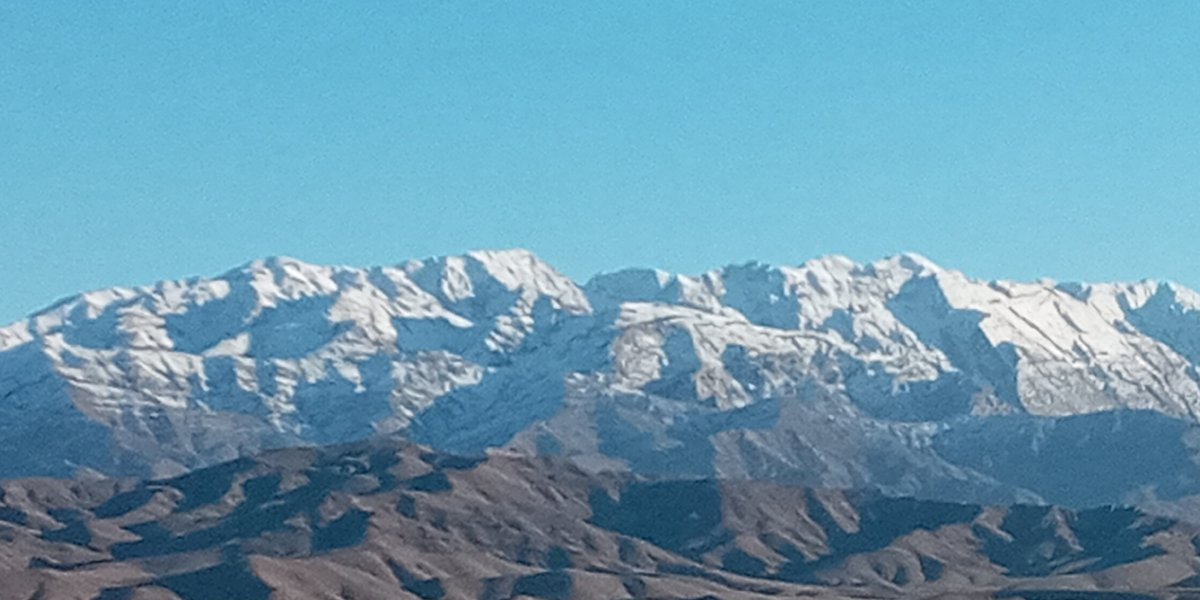Balochistan may be very sparsely populated but legends and myths abound in its mountains and valleys. These legends and myths are handed down from one generation to the next in the shape of folk stories, some of which are actually pretty mysterious and frightening.
One such story is about the haunted nature of the mountains – the Koh-e-Chiltan – that surround the province’s capital Quetta from almost all sides. It is claimed that the word “Chiltan” actually is a corruption of a Persian phrase “Chehel-Tan”” that means forty people.
The legend has it that once there lived in the valley a childless couple that went to a saintly man, asking him to grant them a baby. The holy man rebuked the wife, saying that he had not the power to grant her what God had denied.
The saint’s son, however, cast forty pebbles into her lap. In due time, she conceived and gave birth to forty male children – to her and her husband’s consternation as they could not provide for the new members of their family due to abject poverty.
Now the parents decided to abandon 39 of their offspring. They went to the mountains with the children and silently left them – while the children were happily playing among the rocks and bushes – to the mercy of nature.
One day, however, touched by remorse, the mother ventured to the summit once again. She wanted to collect the bones of her children and give them a burial. To her surprise, she found that all the children were still living, gamboling among the trees and rocks.
Wild with joy, she ran back to the house; took the fortieth child to the summit and left him there for a night so that he might allure back his brothers. However, on returning in the morning she found a deserted summit, the fortieth boy also taken along by his abandoned brothers.
The local people believe that the spirits of these forty babies still dwell on the summit of Chiltan or Chehel-Tan which allegedly took its name from this legend.
This is not the only legend from Quetta. Some superstitious people also believe that the Christian cemetery in the city – which dates back to the colonial era – is also haunted by a supernatural creature called Mum, which was actually a stone sphinx placed in the cemetery by the British.
According to writer Muhammad Adil Mulki, the people of Quetta believed that the sphinx came to life during the nights and hunted for prey, which she took up to a cave on the Murdarghar peak in the hills behind the cantonment area of the city.
“This fit perfectly with the fact that the graveyard sphinx sat as still as, well, a statue during the day. Who knew what it got up to during the night?
“Such was its notoriety that even in post-partition Quetta, much of the local population avoided passing alone at night along the Baleli Road where the Gora-qabristan [Christian cemetery] is situated.”
According to Mulki, the sphinx which was actually the emblem of the British conquest of Egypt was placed in the cemetery at a time when both nomadic and settled populations of Balochistan were experiencing a horrific predicament.
“It began with stray goats and cattle going missing. Then, people began to disappear with no apparent cause or explanation. The young, the old, men and women, lonely travelers and shepherds alike fell prey to this unknown scourge.
“Even the newly dead were not safe and their bodies were dug up and seemingly devoured. Sometimes, mauled and mutilated bodies and crushed bones were discovered, at other times there was no trace at all.
“Clearly a beast, nay, a monster was preying on the living and dead alike. Some claimed to have seen it, they said that it walked on two legs and sometimes even ran on all four.
“It was huge and menacing and had a roar that would stop a heart from beating. The locals gave it a name that, in retrospect, doesn’t sound very menacing. They called it mum,” he added.
There are also legends about the presence of a gigantic creature – akin to the Bigfoot – in Ziarat in the north of Quetta. This Bigfoot, also called Barmanou in Khowar language, is an alleged bipedal humanoid primate cryptid which allegedly inhabits the mountains of Ziarat.
Some shepherds and local residents of the valley have reported its sightings. This creature allegedly possesses both human and apelike characteristics and has a reputation for abducting women.
The Barmanou appears in the folklore of the northern regions of Pakistan and depending on where the stories come from it tends to be either described as an ape or a wild man.
The Suleiman range which runs through three provinces including Balochistan is also surrounded in a number of legends. One of the highest peaks of the Suleiman, the Takht-i Sulaiman – or the throne of Solomon – is associated with Prophet Suleiman (AS).
According to a legend, Prophet Suleiman (AS) climbed this mountain and looked out over the land of South Asia, which was then covered with darkness, and so turned back without descending into this new frontier, according to The Travels of Ibn Battutah.
Another legend says the ark of Prophet Noah (AS) alighted at the Takht-i Suleiman after the biblical deluge or the great flood. Many Pashtun writers also claim that Qais Abdur Rashid, the legendary ancestor of the Pashtun nation, was buried atop the Takht.
Legends say that Qais’s descendants later migrated to different directions from this place.

















